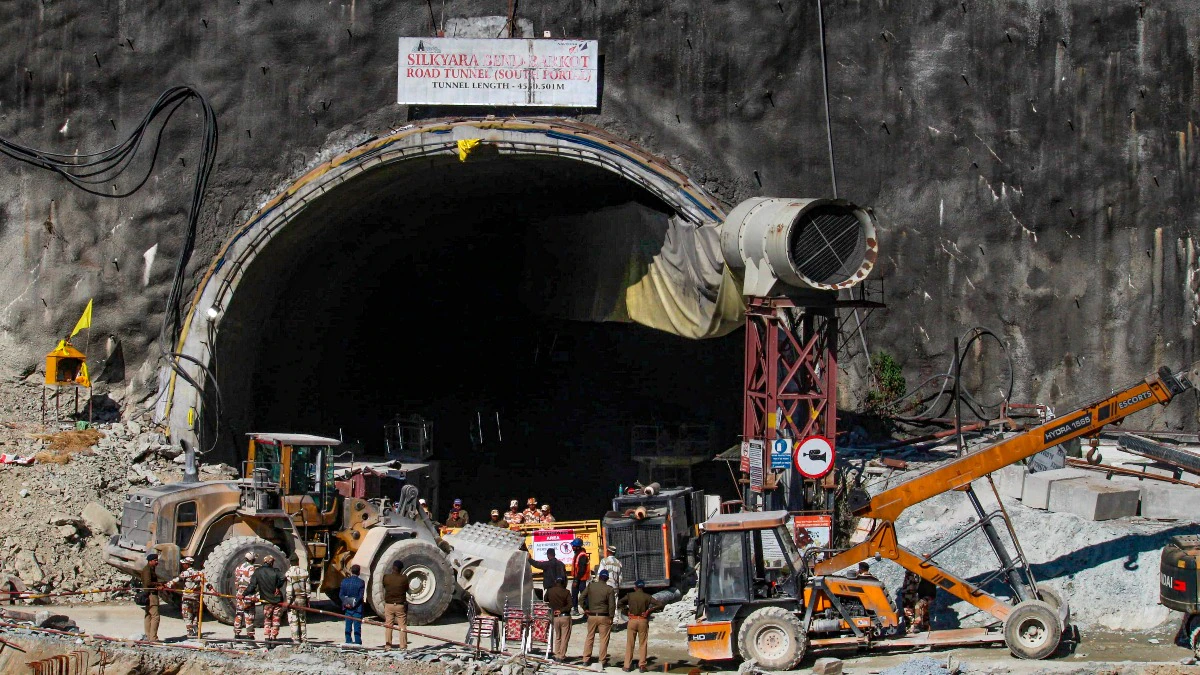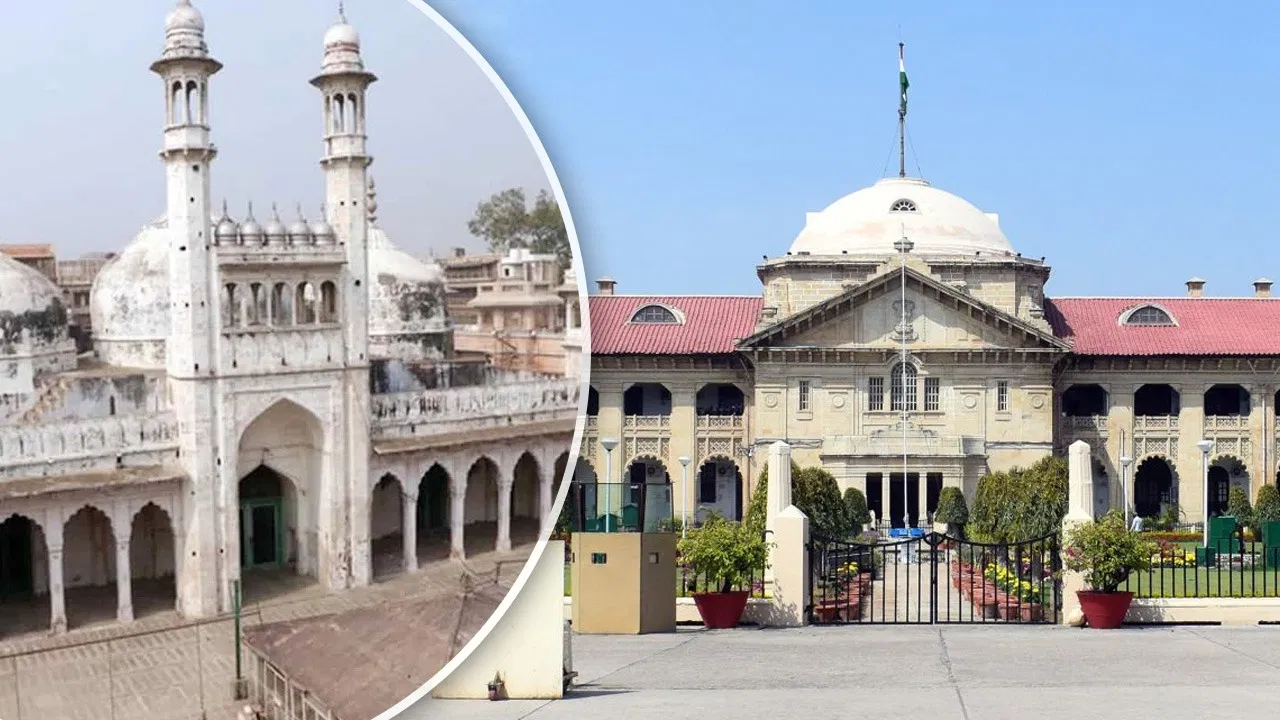Reveals Multiple Causes, Including Faulty Alignment and Lack of Precautions
The recent tunnel collapse in Uttarkashi has sent shockwaves through the nation, prompting questions about the safety and engineering standards of such crucial infrastructure projects. A preliminary probe report has shed light on various factors contributing to the accident, revealing a mix of structural vulnerabilities and operational oversights.
Background: The Silkyara Tunnel Tragedy
Situated in Uttarkashi, the Silkyara Tunnel, part of the ambitious Char Dham project, suffered a catastrophic collapse, trapping 41 workers for a harrowing 17 days. As the nation awaited updates on the rescue efforts, a team of experts delved into the incident to unearth the root causes.
Key Findings of the Preliminary Probe
- Faulty Alignment: The probe identified the wrong alignment of the project, placing it along a ‘shear zone.’ Shear zones, characterized by highly deformed and weak rocks, demand special attention and rigorous monitoring.
- Re-Profiling Without Safeguards: The contractor conducted ‘re-profiling’ work without adequate safeguards, despite past instances of cavities (collapses). Re-profiling aims to rectify anomalies like cavities and deformations before the final lining.
- Lack of Sensor Deployment: The report highlighted the inadequate deployment of sensors and instruments during re-profiling, which could have alerted officials to ground behavior anomalies, allowing for preventive measures.
- Supervision Shortcomings: Inadequate supervision by officials of the National Highway and Infrastructure Development Corporation (NHIDCL) and its authority engineer was also underscored. Strict monitoring was essential, given earlier instances of cavities in the tunnel.
Insights and Recommendations
- Shear Zone Awareness: Recognition of the challenges posed by shear zones, with intensified monitoring and robust support mechanisms to avert mishaps.
- Proactive Safety Measures: Implementation of a new Standard Operating Procedure (SOP) for tunnel safety, emphasizing the need for meticulous precautions during re-profiling and other critical operations.
- Geological Collaborative Framework: Establishment of a “geological collaborative framework” on the Gati Shakti platform, fostering better planning and execution of projects, particularly in Himalayan regions.
Looking Ahead: The Path to Preventive Measures
As the panel concludes its preliminary findings, the road ahead involves a comprehensive review of the detailed project report, design reports, and geological mapping. The aim is to learn from this tragic incident and implement measures that ensure the safety and reliability of future infrastructure projects.
Conclusion: A Call for Vigilance and Collaborative Action
The Uttarkashi tunnel collapse serves as a poignant reminder of the critical importance of robust engineering, strict adherence to safety protocols, and continuous vigilance in the execution of infrastructure projects. It is not just an isolated incident; it is a call to action for all stakeholders involved in shaping the future of our nation’s infrastructure.
As we await the final report and subsequent actions, our collective responsibility lies in demanding and ensuring the highest standards of safety and accountability in the development landscape. The lessons learned from this tragic event must become catalysts for positive change, steering us toward a future where infrastructure development aligns seamlessly with safety and resilience.
Discover more from The Doon Mozaic | द दून मोज़ेक
Subscribe to get the latest posts sent to your email.




2 thoughts on “Preliminary Probe on Uttarkashi Tunnel Collapse”